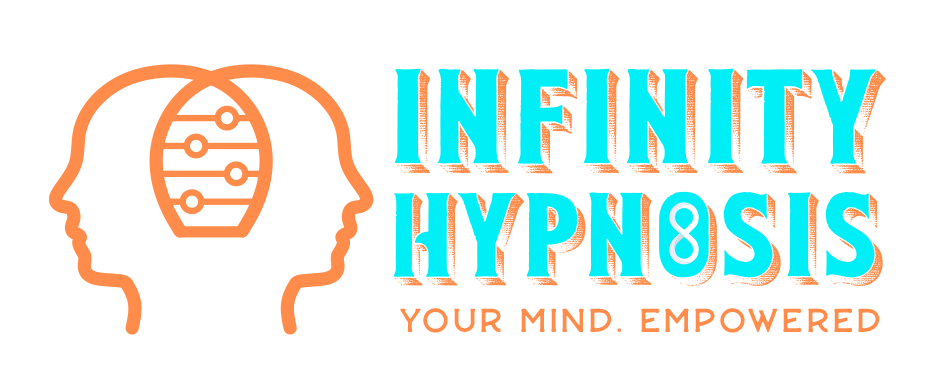Is ARFID all the same, or are there a variety of types?
Although we’ve discussed ARFID, or Avoidant/Restrictive Food Intake Disorder, before, I want to quickly recap what we already know. You can also check out our previous blog post on ARFID and children here.
ARFID is a relatively new diagnosis for picky eaters with food phobia. It’s characterized by a persistent disturbance in eating leading to weight loss or growth disturbances, nutrient deficiencies, dependence on supplements, and impaired psychosocial functioning. This unwillingness to eat is not the result of the child wanting to change their body or lose weight. The fear of food, or anxiety around food, is the hallmark of this diagnosis.
Common signs of ARFID include:
- Food refusals
- Poor or delayed eating or feeding skills
- Underweight or slowed growth
- Texture sensitivities
- A very limited list of preferred foods
- Avoidance of entire food groups
- Elimination of foods that never get back into their diets
- Becoming emotional or demonstrating stress around unfamiliar foods
- Food limitations impacting social engagements negatively
- And more
Now, did you know there are actually 3 subtypes of ARFID?
It’s important to understand that ARFID can present as a variety of difficulties, and not everyone suffering from ARFID will have the same experiences.
The 3 subtypes of ARFID:
1. Avoidant
One common subtype of ARFID is Avoidant. In this condition, individuals simply avoid certain types of foods in relation to sensory features, causing a sensitivity or over stimulation reaction. These individuals may feel sensitive to the smell of foods; textures, including soft foods or fruits and vegetables that have prickly or defined textures; or general appearance, including color.
2. Aversive
Another subtype of the ARFID eating disorder is Aversive. Individuals whose food refusal is related to the Aversive type may experience fear-based reactions. Aversive ARFID evokes a fear of choking, nausea, vomiting, pain and/or swallowing, forcing the individual to avoid the food altogether.
3. Restrictive
The last subtype of ARFID is Restrictive. Individuals who experience Restrictive ARFID may show signs of little-to-no interest in food. These individuals can forget to eat altogether, show signs of a low appetite or get extremely distracted during mealtime. Another symptom of Restrictive includes extreme pickiness of foods, resulting in limited intake.
A Speech-Language Pathologist can evaluate your or your child’s needs through a comprehensive evaluation. It’s important to find a Speech-Language Pathologist who is familiar with and trained to support ARFID and who can develop an effective treatment plan to help you meet your goals.
Kelly is an SLP and a feeding specialist who also specializes in using hypnosis to support feeding difficulties, weight management, and anxiety. If you have questions, please reach out to Kelly at Infinity Hypnosis. Kelly can answer your questions over a free phone consultation where she can further discuss feeding therapy and/or how hypnosis works and how hypnosis could help you or your loved one’s specific needs. Contact Kelly and Infinity Hypnosis at [email protected] or check out her website at https://infinityhypnosis.com/ to book a free consultation.
Find us on Facebook and Instagram to learn more about Kelly’s services and hypnosis.

